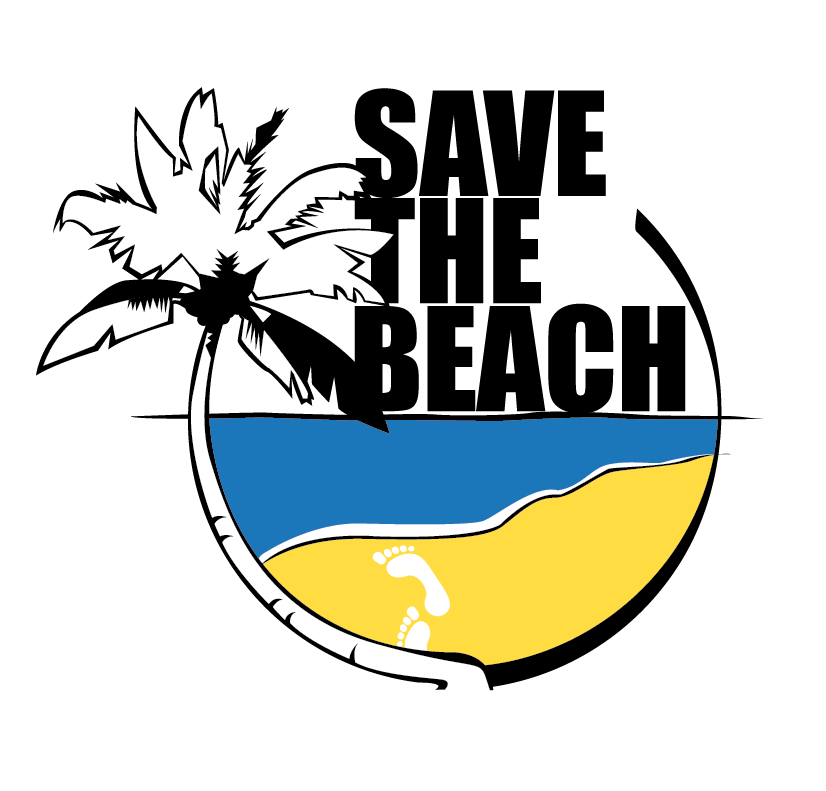thila-male coral relocation report
INTRODUCTION
This document provides a full report on the progress of the relocated corals in the restoration site in Villimale’ Island. The corals have been monitored monthly and attended to three times per week. The study aims to assess the effectiveness of the coral relocation carried out between the 7th and the 17th of March 2022 for the Malé – Thilafushi Link Project.
The results are sorted by families (Acroporidae, Pocilloporidae, Helioporidae, Dendrophylliidae, Alcyonaceae and Gorgoniidae), and the category “massive corals” which groups together Poritidae and Lobophyllidae. The relocated corals have been placed in 4 different areas at different depths: Areas 1 and 2; Slope Area and Deep frame Area. Two main parameters have been considered for the assessment: the “coral growth” which indicates on average how much each category grew throughout the time of monitoring, and the “mortality rate” which indicates the percentage of mortality among the sampled corals.
MATERIALS AND METHOD
The relocated area covers a total of 200m2, with 100 frames (1x1m) provided by the Relocation budget, 13 frames (1.5x1.5m) and a deeper tall structure provided by Save the Beach Maldives. For this study, we considered representative samples from 5 different areas in the restoration site.
1. Area 1: Located on the reef flat at a depth of 1.2-1.8m. The sampled frames are 20 out of a total of 50 in this area.
2. Area 2: Located on the edge of the reef at a depth of 2.2-4.8m. The sampled frames are 15 out of a total of 40 in this area.
3. Area 3: Located on the reef edge closer to Male’ channel, at a depth of 4m. The sampled frames are 7 out of a total of 13 in this area.
4. Slope area: Located on the slope at a depth between 5-12.4m. The sampled frames are 5 out of a total of 10 in this area.
5. Deep frame area: Located at the depth between 15-21m, where Gorgoniidae colonies have been placed. This deeper frame was already present in the restoration site and it is currently hosting the 11 Gorgoniidae colonies relocated.
The data have been collected once a month with the underwater camera (Olympus TG6) and the meter as a reference point. Each coral picture has been later analysed with the ImageJ software to determine the length of the maximum growth dimension. ImageJ is a public domain software for processing and analyzing scientific images.
Statistical analysis has been conducted to determine the parameters of interest.
Here we will show the results for the families Acroporidae and Pocilloporidae in Area 1.
RESULTS
AREA 1 (reef flat, depth 1.2-1.8m):
Acroporidae colonies showed a growth of 0.73cm from May to September 2022. The high error standard in the chart is due to the high variability of the coral colonies’ size. In August, the growth trend decreased and we registered a mortality rate of 6%. However, between the months of August and September, we registered the highest growth. We can conclude that Acroporidae colonies’ growth slowed in July and speeded up in August.
Acroporidae fragments showed a growth of 0.69cm from May to September 2022. From the chart, it is possible to observe how the growth slowed down in August but still keeps its positive trend in September. The mortality rate increased through the months up to 12% in September. Considering the high number of Acroporidae fragments relocated this is a very promising result.
Pocilloporidae colonies showed a growth of 0.76cm from May to September 2022. The high error standard in the chart is due to the high variability of the coral colonies’ size. As the Acroporidae colonies, they also showed a decrease in the growth rate in August and in the same month a 6% mortality rate. In addition, the growth was the highest between August and September. Therefore, we can conclude that Pocilloporidae colonies’ growth slowed in July and speeded up in August, the same trend as the Acroporidae colonies. The mortality rate kept being very low through the months reaching a maximum of only 6% in September.
Pocilloporidae fragments showed a growth of 1.33cm from May to September 2022. From the chart, it is possible to see that their growth speeded up after July and maintained a very positive trend. The mortality rate increased through the months up to 9% in September. Considering the high number of Pocilloporidae fragments relocated this is a very promising result.
CONCLUSIONS
We can conclude that Acroporidae colonies have a higher growth in Area 3; while Acroporidae fragments and Pocilloporidae colonies and fragments have a higher growth in Area 1. In the Slope Area corals grow slower maybe due to the lower level of light.
As for the mortality rate Acroporidae colonies registered the highest mortality rate in the Slope Area (16%), Pocilloporidae colonies showed the same mortality rate both in Areas 1 and 2 (9%); Acroporidae fragments showed the highest mortality rate in Area 2 (19%); Pocilloporidae fragments registered the highest mortality rate in Area 1 (9%).
Considering the short time of monitoring, the results are very positive and we expect in the future to have faster growth from all the areas. Also, the mortality rates are very low in all the areas for all the categories.




